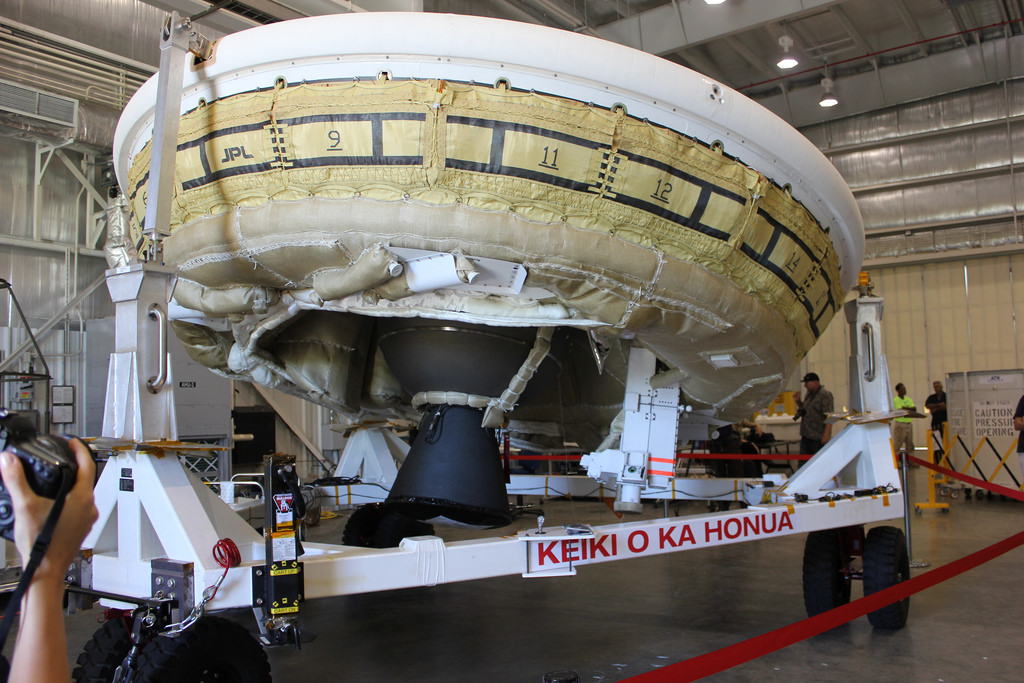
NASA 'Flying Saucer' Launch Delayed to Saturday by Bad Weather

NASA's self-proclaimed "flying saucer" just can't seem to get off the ground, and it's all Mother Nature's fault.
For the fifth time in a row, bad weather over the mission's launching site at U.S. Navy Pacific Missile Range Facility in Kauai, Hawaii, has prevented a balloon carrying the inflatable saucer-like spacecraft landing system prototype - called the Low-Density Supersonic Decelerator, or LDSD for short - to its launch altitude. "Due to weather conditions, there will be no launch of the LDSD test vehicle on Wednesday, June 11. The next potential launch date is Saturday, June 14," NASA officials wrote in the update. The Saturday launch window is expected to open at around 11:15 a.m. EDT (8:15 a.m. Hawaii Time). It is the last pre-planned launch option for the mission now that bad weather spoiled launch tries for June 3, 5, 7, 9 and 11.
The LDSD is an inflatable re-entry vehicle designed to help slow down large payloads, such as an astronaut habitat or other huge spacecraft, to allow a safe landing on the Martian surface. It is one of three concepts (two of them based on inflatable technology) that NASA is studying to land larger payloads on Mars. The LDSD mission will launch a huge balloon that will carry the prototype into the stratosphere. The LDSD vehicle will then separate from the balloon, ignite a solid-fueled booster rocket to reach re-entry speeds and then attempt to deploy the inflatable decelerator parachute. If all goes well, the vehicle will splash down in the ocean to be retrieved by a recovery team.
Email Tariq Malik at tmalik@space.com or follow him @tariqjmalik and Google+. Follow us @Spacedotcom, Facebook and Google+.
Get the Space.com Newsletter
Breaking space news, the latest updates on rocket launches, skywatching events and more!
Join our Space Forums to keep talking space on the latest missions, night sky and more! And if you have a news tip, correction or comment, let us know at: community@space.com.

Tariq is the Editor-in-Chief of Space.com and joined the team in 2001, first as an intern and staff writer, and later as an editor. He covers human spaceflight, exploration and space science, as well as skywatching and entertainment. He became Space.com's Managing Editor in 2009 and Editor-in-Chief in 2019. Before joining Space.com, Tariq was a staff reporter for The Los Angeles Times covering education and city beats in La Habra, Fullerton and Huntington Beach. In October 2022, Tariq received the Harry Kolcum Award for excellence in space reporting from the National Space Club Florida Committee. He is also an Eagle Scout (yes, he has the Space Exploration merit badge) and went to Space Camp four times as a kid and a fifth time as an adult. He has journalism degrees from the University of Southern California and New York University. You can find Tariq at Space.com and as the co-host to the This Week In Space podcast with space historian Rod Pyle on the TWiT network. To see his latest project, you can follow Tariq on Twitter @tariqjmalik.









